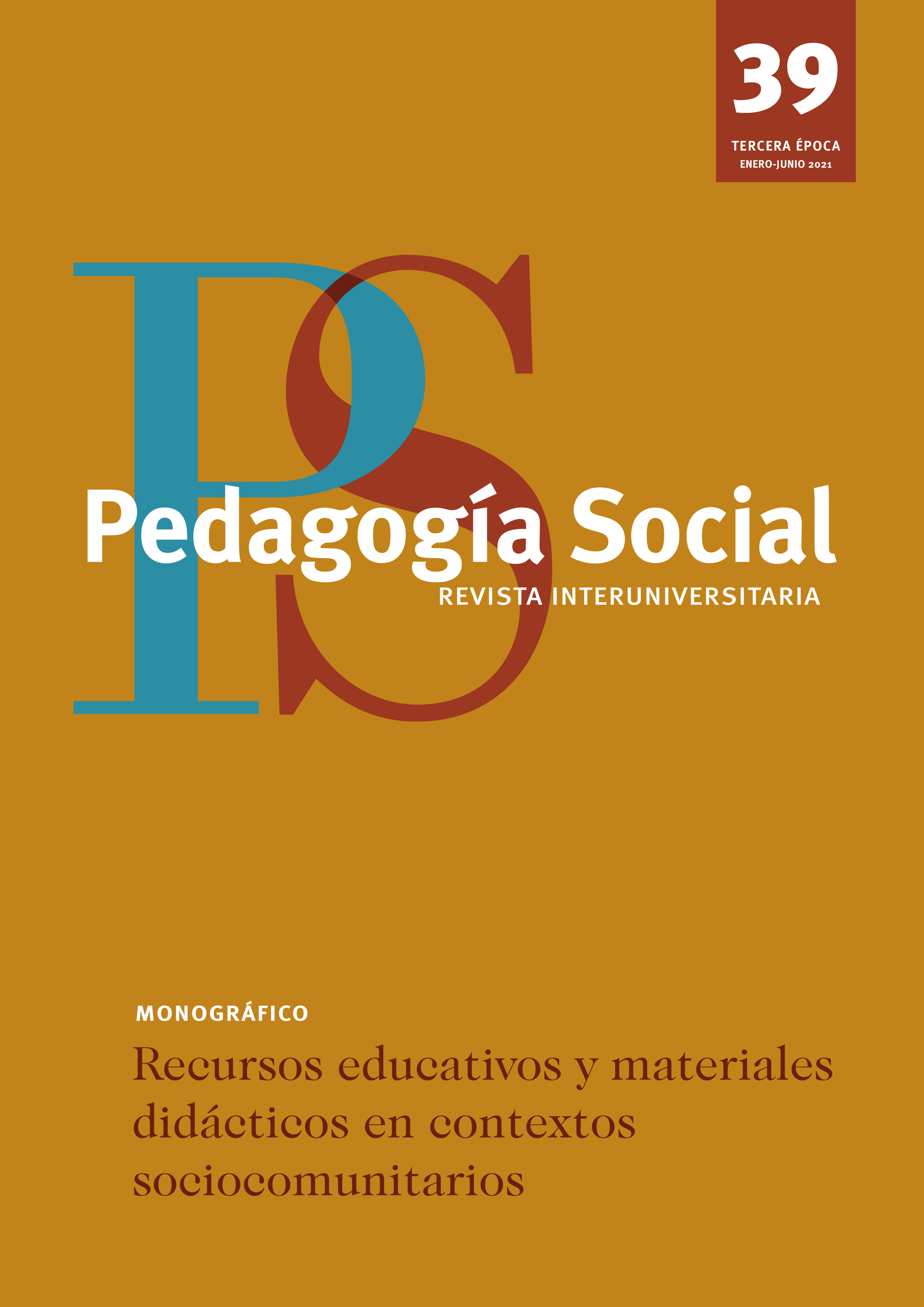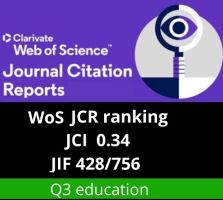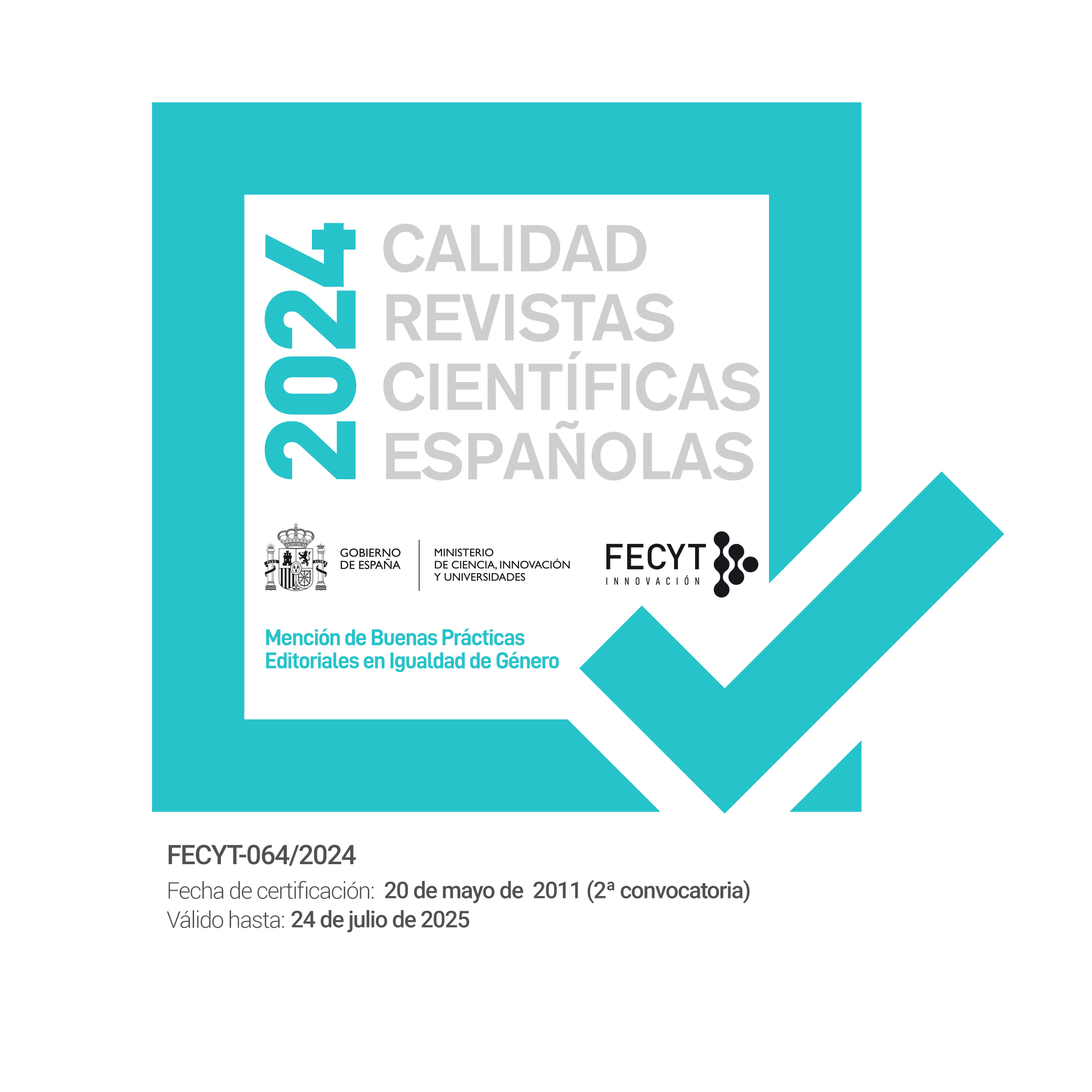Relación de la integración social y las experiencias de ocio con el bullying en estudiantes de educación primaria
DOI:
https://doi.org/10.7179/PSRI_2021.39.11Palabras clave:
bullying, ocio, integración social, intervención socioeducativa, educación primariaResumen
Las experiencias de ocio son espacios de integración social. La investigación ha mostrado que el aislamiento es un factor relevante en los procesos de bullying. Si entendemos el bullying como un proceso interpersonal se han de ampliar los contextos de análisis más allá de las relaciones de aula, ampliándolo al estudio de las relaciones en los espacios de ocio. La Teoría de estilos de vida y actividades rutinarias afirma que hay actividades de ocio que incrementan la probabilidad de ser víctima y otras que la reducen. El objetivo del presente estudio es analizar la asociación entre las experiencias de ocio y la implicación en el bullying en una muestra de estudiantes españoles de Educación Primaria, a través de un diseño transversal. Han participado en el estudio 2162 estudiantes de 5º y 6º curso de Educación Primaria. Se ha medido la implicación en el bullying según los roles de intervención: víctima, agresor, víctima/agresor y las experiencias de ocio. Los resultados obtenidos indican un patrón similar en ambos sexos en el aislamiento, que les hace más vulnerables a la victimización; la lectura, que reduce la probabilidad de ser agresor/a; y el juego online, que incrementa la probabilidad de ser victima y agresor/a. Otras experiencias de ocio actúan diferencialmente según el sexo de los menores. En los chicos hacer deporte incrementa la probabilidad de ser victima y víctima/agresor. El ocio compartido con los padres reduce la probabilidad de victimización y el incremento del tiempo compartido con los amigos, de manera presencial y online, incrementa la probabilidad del rol agresor. En las chicas el mayor uso de las tecnologías como herramienta social incrementa la probabilidad de ser víctima/agresora. Los resultados obtenidos en la investigación nos ofrecen alternativas de prevención e intervención desde la Pedagogía Social basadas en el ocio.
Descargas
Descargas
Publicado
Cómo citar
Número
Sección
Licencia
Derechos de autor 2021 Pedagogía Social. Revista Interuniversitaria

Esta obra está bajo una licencia internacional Creative Commons Atribución-NoComercial-CompartirIgual 4.0.
Derechos de reproducción y archivo
La versión publicada de los artículos podrá ser autoarchivada por sus autores en repositorios institucionales y temáticos de acceso abierto. No obstante la reutilización total o parcial de los mismos en nuevos trabajos o publicaciones deberá ser autorizada por Pedagogía Social. Revista Interuniversitaria.
Los trabajos publicados deberán ser citados incluyendo el título de la Revista, Pedagogía Social. Revista Interuniversitaria, nº, páginas y año de publicación.
Responsabilidades éticas
Pedagogía Social. Revista Interuniversitaria no acepta material publicado anteriormente en otros documentos. Los/as autores/as son responsables de obtener los permisos oportunos para reproducir parcialmente material de otras publicaciones y citar correctamente su procedencia. Estos permisos deben solicitarse tanto al autor/a como a la editorial que ha publicado dicho material.
Es obligación de Pedagogía Social. Revista Interuniversitaria detectar y denunciar prácticas fraudulentas.
En la lista de autores/as firmantes deben figurar únicamente aquellas personas que han contribuido intelectualmente al desarrollo del trabajo.
La revista espera que los/as autores/as declaren cualquier asociación comercial que pueda suponer un conflicto de intereses en conexión con el artículo remitido.
Los autores deben mencionar en el manuscrito, preferentemente en el apartado del método, que los procedimientos utilizados en los muestreos y controles han sido realizados tras la obtención de consentimiento informado.
La revista no utilizará ninguno de los trabajos recibidos con otro fin que no sea el de los objetivos descritos en estas normas.
Aviso de derechos de autor/a
© Pedagogía Social. Revista Interuniversitaria. Los originales publicados en las ediciones impresa y electrónica de esta Revista son propiedad del Pedagogía Social. Revista Interuniversitaria, siendo necesario citar la procedencia en cualquier reproducción parcial o total.
Salvo indicación contraria, todos los contenidos de la edición electrónica se distribuyen bajo una licencia de uso y distribución “Creative Commons Reconocimiento-No Comercial 3.0 España” (CC-by-nc). Puede consultar desde aquí la versión informativa y el texto legal de la licencia. Esta circunstancia ha de hacerse constar expresamente de esta forma cuando sea necesario.






